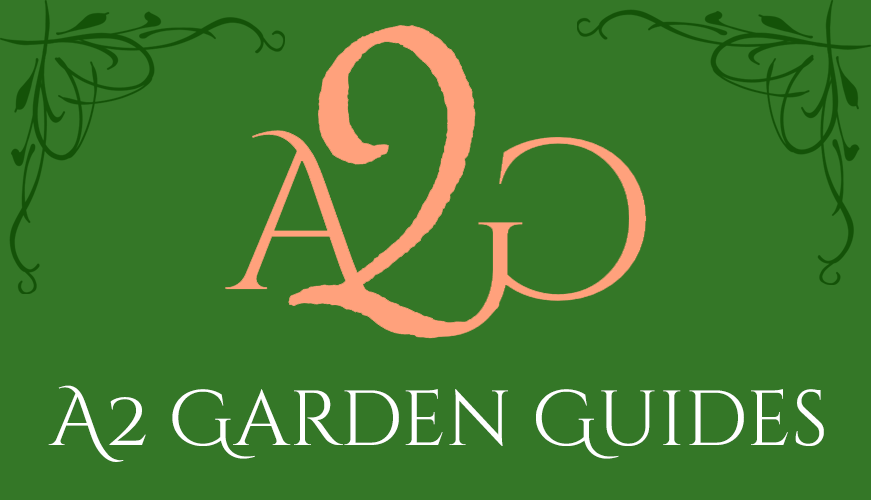What can I do so the deer will stop eating my plants?
Blood-based repellents seem most effective for deer. We like Deer Scram. Follow the directions on your container, but generally, sprinkle monthly on the ground around the perimeter of the bed you want to protect. It’s fairly odorless and blends in with soil and mulch.
Foliar spray, such as Liquid Fence products, train the animals to think the flowers don't taste good, so they shouldn't even try them. Follow the directions on the bottle, but generally you want to apply once a week starting in early spring and then go down to every 2-4 weeks.
Water sensors turn on when they detect motion, spraying the deer and scaring them away.
Sonic repellers emit high-pitched noises when they detect motion. There are specific ones for deer and moles.
Bird reflectors discourage birds from flying into your windows. Here's a good Audubon article on why birds hit windows, as well as a product that can help.
Pro Tip: Never use mothballs in the garden; it is a toxic pesticide that we don’t want leaching into the water or harming our pets.
When is a good time of year to prune my woody plants (shrubs, trees, etc.)?
That depends on the plant. Spring-blooming shrubs should be pruned soon after they are done flowering because they will set their next year’s buds in the summer/fall. Another good rule of thumb is to prune when a shrub or tree is dormant during the winter.
What does a spring or fall cleanup entail, and when should I do them in southeast Michigan?
In both instances, you fertilize with a slow-release fertilizer like Espoma Plant-Tone, and you remove spent foliage from the previous season. In spring (Late April, May), remove leaves from beds once insects have had a chance to emerge. In the fall (October and November), rake up thick leaves to prevent a mat from forming and killing plants underneath. Consider leaving some leaves so insects have a place to winter over.
How can I tell how healthy or unhealthy a shrub is?
- Look for an infestation of bugs or fungus, or anything else that "looks weird."
- Bend the tip of a branch at a 45-degree angle. If it doesn't sna,p then that branch is probably still alive.
- Check for burrowing under the shrub; moles, chipmunks, and groundhogs can cause major root damage if they dig under the shrub.
When is the best time of day to water my garden?
Water when the sun is low in the sky to avoid scorching the leaves.
Water the trees and shrubs deeply by leaving a trickling hose at the base of each tree for 15 minutes, 1-2 times a week, depending on heat and rain. This is a great opportunity for kids to learn time management! 😉
Water annuals daily.
Why should I bother mulching?
Mulch is one of the best things you can do for your garden because it suppresses weeds, retains moisture for your plants, and unifies the space visually, adding a polish to your home.
Undyed pine bark is our favorite mulch because it has a smooth texture, nice color, and lasts a long time. It also improves your soil as it breaks down, making your garden thrive for many years to come.
We recommend keeping mulch around 2" thick. After the first couple of applications, it doesn't break down as quickly, and you can usually get away with mulching every 1-2 years. Obviously, that is dependent on your soil. If your soil has great microbial and insect communities that break down mulch quickly, you will need to apply more often to keep it around 2 inches.
Timing: We always prefer to mulch after putting new plants in the ground. Otherwise, spring is our next preference because it should suppress more weeds throughout the summer. It doesn't really matter to the plants what time of year you mulch as long as there is some mulch on the ground to help retain moisture.
